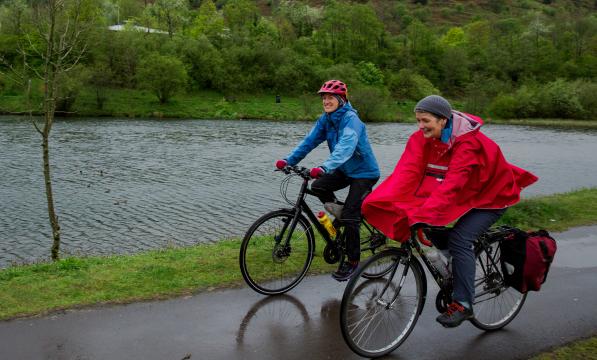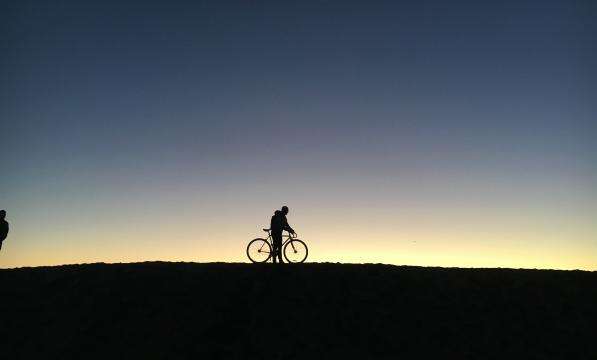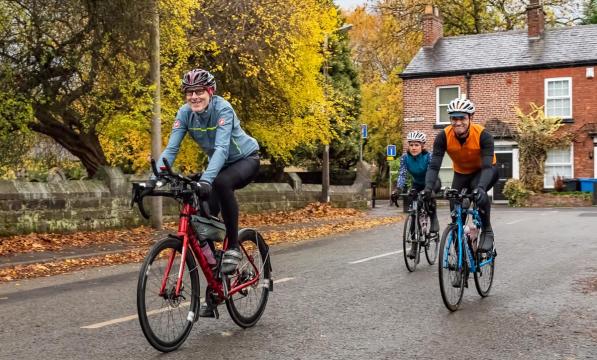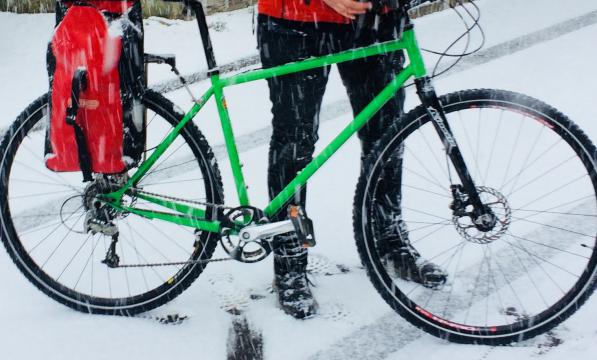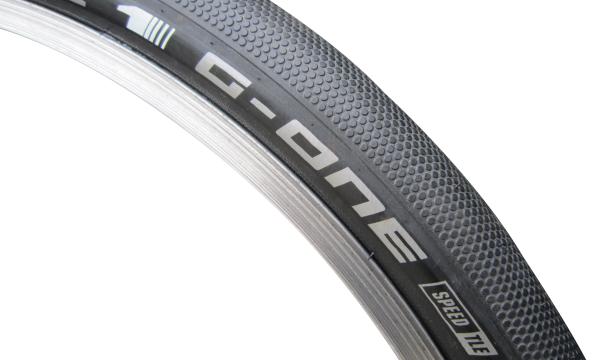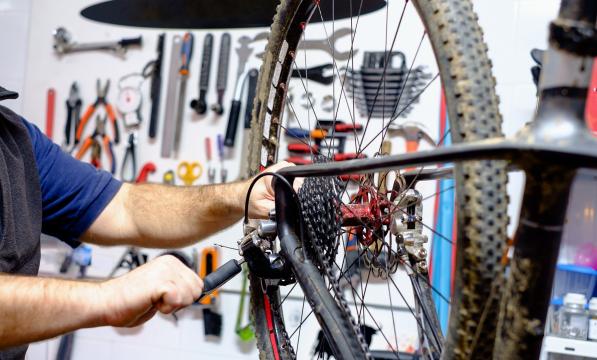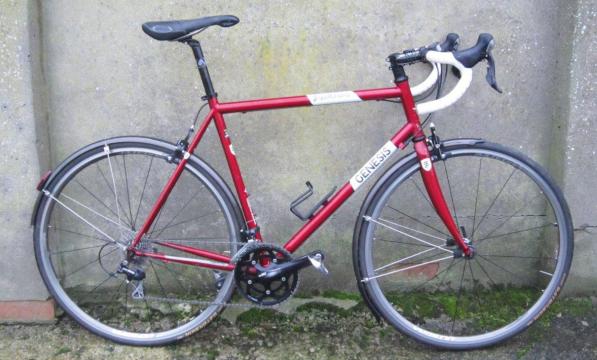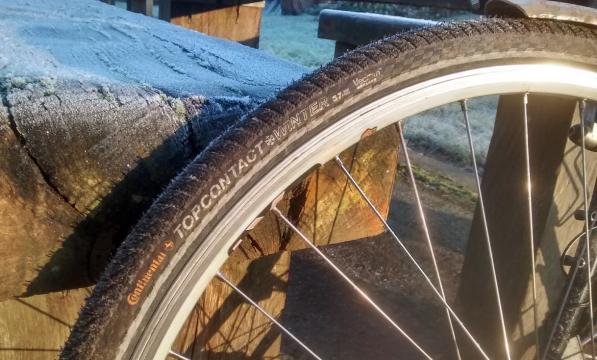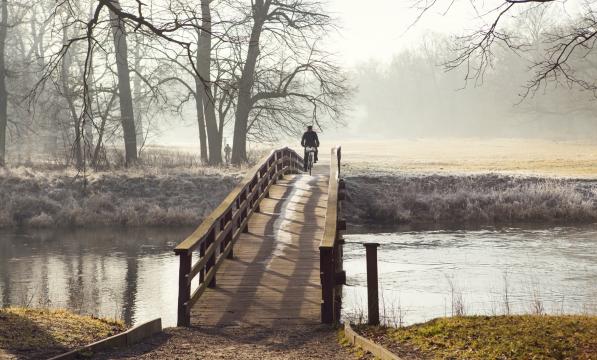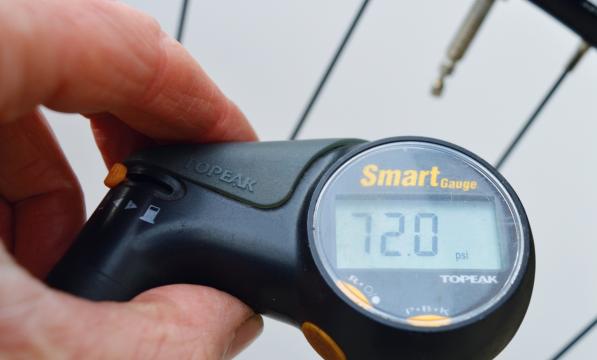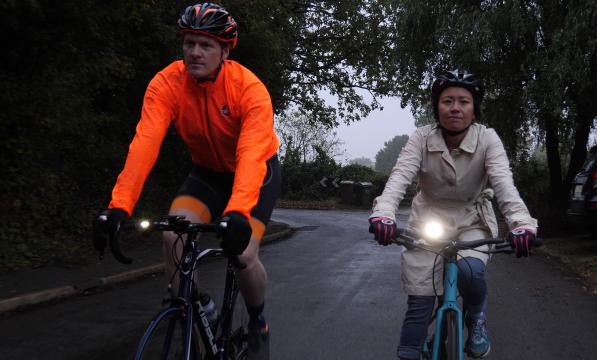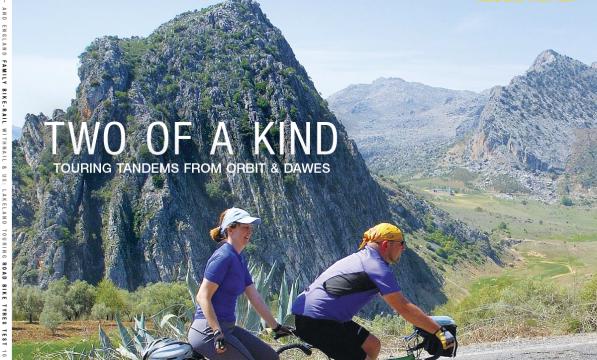Group test: Winter road tyres

Punctures are more common in winter due to wet roads and detritus, and they’re less pleasant because you get cold fixing them. While you can get 25mm and 28mm tyres that are nearly impregnable – such as Schwalbe’s Marathon Plus – heavier, less supple tyres detract from the feel of a road or audax bike.
The best winter road bike tyre isn’t necessarily the toughest. It’s the one whose balance of puncture resistance, rolling performance, durability and grip best suits your riding.
I’ve tested 25mm tyres here. Any road bike should accommodate them, and they can be run slightly softer than 23mm tyres, putting more rubber on the road and increasing grip without the same risk of pinch puncturing on the edge of an unseen pothole. Depending on clearances, you might go to 28mm or more.

1 Continental Grand Prix 4 Season
£54.95. Available from Continental.
As the name implies, the Continental Grand Prix 4 Season is designed to be a tougher, year-round version of the Grand Prix 4000 race tyre. The two layers of Vectran under the tread resisted my manual attacks with sharps very well, and there’s a bead-to-bead layer of polyamide Duraskin that gives some sidewall protection.
While I didn’t push any of the tyres to their traction limits, the 4 Season’s grip feels reassuringly good on wet roads. That will be down to the rubber compound rather than the tread pattern, although that functions as a useful wear indicator.
The GP 4 Season is very light for an all-year tyre, weighing scarcely more than a race tyre and feeling like one. Rolling performance is good, on a par with the Panaracer and behind the Michelin.
Sizes: 23-622, 25-622, 28-622. Weight (25): 218g.
Verdict: Good wet weather grip and toughness but relatively expensive and not as quick as the Michelin.
2 Michelin Pro4 Endurance
£40.99. Available from Michelin.
The Michelin Krylion was my favourite road bike rubber of recent years. I tested dozens of tyres and that hit the sweet spot: much faster than everything tougher than it and tougher than everything faster than it.
Then Michelin stopped making it. Or rather, they re-branded it as the Michelin Pro4 Endurance. It seems to be just as good. It rolls notably better than the other tyres here, all of which I tested at 7bar.
Its dual compound tread offers decent grip and promises good wear life. Puncture protection is comparable to the GP 4 Season’s: good through the tread and with some bead-to-bead reinforcement. It’s now available in a 28mm version, and colours are an option if you want to coordinate your bike.
Sizes: 23-622, 25-622, 28-622. Weight (25): 256g.
Verdict: The new Krylion. Rolls exceptionally well for a tough road bike tyre, with no real drawbacks.
3 Panaracer Race D Evo 2
£39.99. Available from Panaracer.
The Race D Evo 2 is Panaracer’s four-season road tyre. It was replaced by a new version, the Race D Evo 3 in spring 2016. The latter is said to address a problem of the Evo 2: the propensity for its tacky tread to pick up crumbs of grit (and glass?).
It’s annoying when it rattles under your mudguards and it risks embedding in the tyre, increasing the risk of punctures. The Race D Evo 2’s folding bead is tight too, so puncture repair could be testing with cold fingers. Performance otherwise is good.
The Race D Evo 2’s rolling efficiency is identical to the Conti 4 Season’s, according to my simple tests. There’s a puncture resistant belt under the tread and the casing is reinforced.
Sizes: 23-622, 25-622. Weight (25): 248g.
Verdict: The grit-attracting tread is a drawback to this otherwise effective tyre. Try the Evo 3.
4 Schwalbe Durano DD
£34.99. Available from Schwalbe.
The Schwalbe Durano DD range contains two tyres I like a lot: the standard Durano, which is great for summer mile eating, and the Durano Plus, which I’ve used for years on my fixed-wheel town bike. The Durano DD fits somewhere in between, with the DD standing for double defence.
As well as two layers of nylon under the tread, there’s sidewall protection that the standard Durano lacks. It’s a significantly heavier tyre than the others here and it feels rather lifeless on the road.
The surprise is that it rolls well – slightly better in my tests than the Conti 4-Season or the Panaracer Race D. There are no problems with grip or puncture resistance. Yet I struggled to think of a reason to choose it over its Durano stablemates.
Sizes: 23-622, 25-622, 28-622 with folding bead; same sizes plus 28-584 and 28-559 in wire bead. Weight (25, folding): 326g.
Verdict: Better rolling than the weight suggests but the standard Durano is nicer to ride and the Durano Plus is much tougher.
First published in Cycle magazine, December 15/January 16 issue. All information correct at time of publishing.
Cycle magazine
Every two months Cycling UK members receive Cycle magazine, filled with interesting and informative articles, news and reviews for all cyclists.
Members can read the magazine in full online; non-members can read selected highlights.

